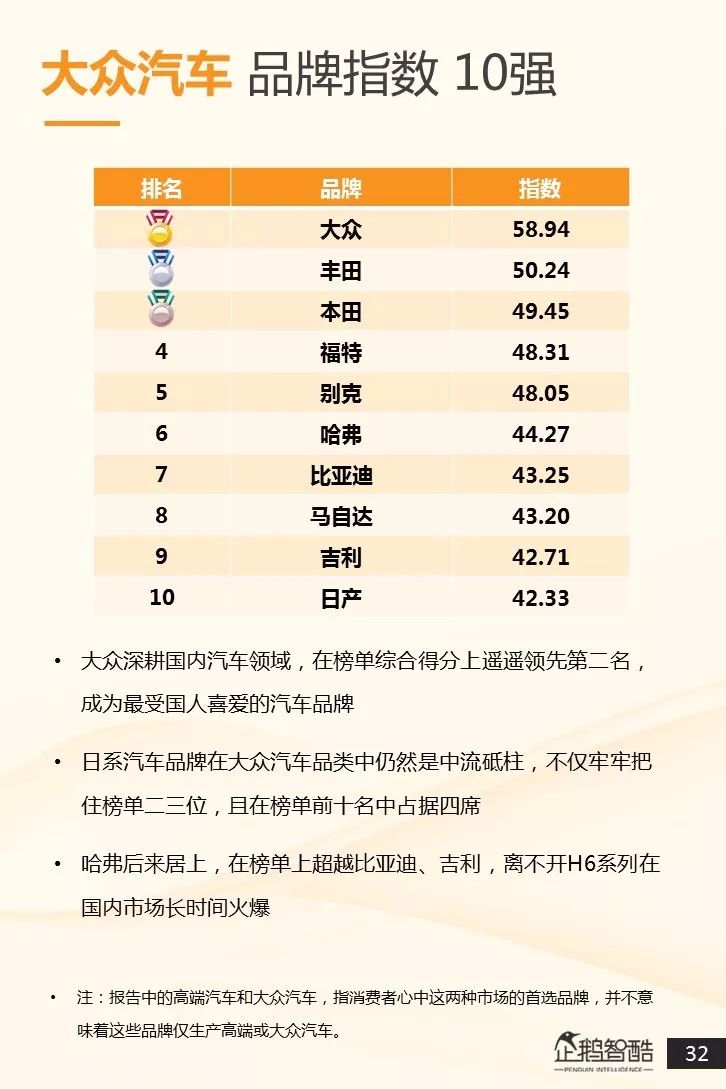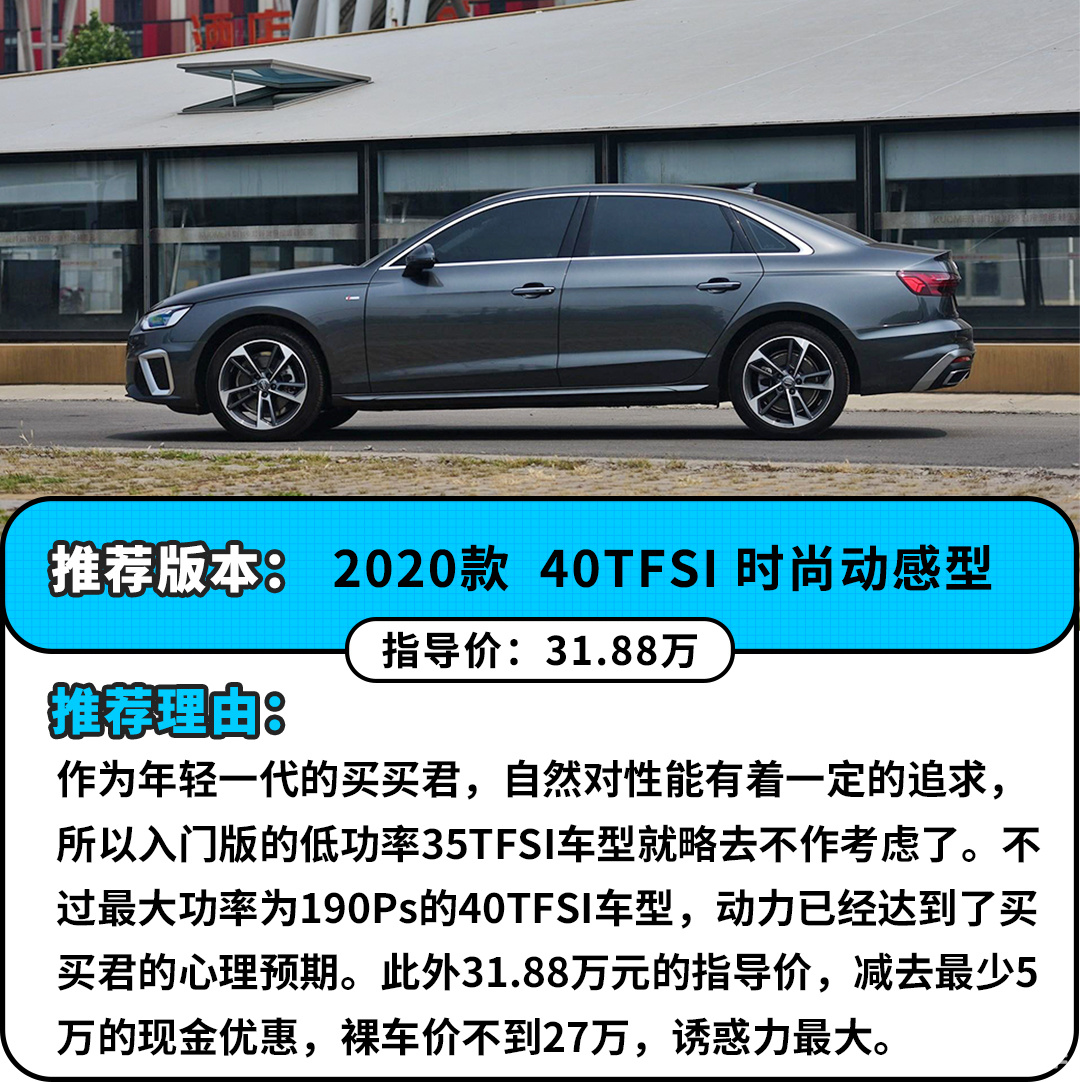Title: The Evolution of Automotive Brand Symbols and their Acronyms: An In-Depth Analysis
The automotive industry has undergone a significant evolution over the years, and this is reflected in the way brand symbols and acronyms have changed. Brand symbols have traditionally been used to convey the brand's identity and personality, while acronyms have served as shorthand for the brand's name. However, with the rise of digital media and social platforms, brand symbols and acronyms have taken on new meanings and functions. Today, they are often used as marketing tools to create emotional connections with consumers and differentiate brands from their competitors. This has led to the emergence of new brand symbols and acronyms, such as the "Ferrari" logo featuring the iconic "SF90 Stradale" engine or the "Tesla" logo with its sleek design and bold lettering. These changes reflect the evolving nature of the automotive industry and the need for brands to adapt to changing consumer expectations and market trends. As technology continues to advance, it will be interesting to see how brand symbols and acronyms evolve and continue to shape the automotive industry's identity and culture.
Introduction
The automotive industry is one of the most competitive and rapidly evolving sectors in the global economy. Over the years, numerous car manufacturers have emerged, each with their unique brand identity and logo designs. However, not all these brands can be easily recognized without their iconic emblematic symbols. These symbols are often accompanied by acronyms that make them easier to remember and pronounce. This article aims to provide a comprehensive overview of the evolution of automotive brand logos and their corresponding acronyms, exploring their historical significance, cultural influences, and modern applications.
Historical Significance

The origins of automotive brand logos can be traced back to the early 20th century when the first cars were invented. At that time, car manufacturers did not have access to advanced graphic design tools or technology. As a result, they had to rely on simple, geometric shapes or motifs that conveyed their brand identity. For example, the Ford Motor Company's logo, which features a bold letter "F" within a circle, represents the company's commitment to innovation and progress.
Over time, as car manufacturing became more sophisticated, designers began to experiment with different styles and techniques to create more complex logos. One notable trend was the use of animals or mythical creatures as symbolic representations of the brand. For instance, General Motors' logo features a stylized "G" surrounded by a horse, representing the company's dedication to speed and efficiency. Similarly, Volkswagen's logo showcases a common German surname "VW" combined with an abstracted figure of a lion, symbolizing strength and power.
Cultural Influences
The development of automotive brand logos has been heavily influenced by various cultural factors, including art, history, and social trends. One example is the use of color in logos. While some brands opt for classic colors like black and white, others prefer bolder hues like red or blue to grab attention and convey a sense of excitement or energy.

Another cultural influence on automotive logos is religion. Many car manufacturers incorporate religious symbols into their logos as a way to connect with consumers and build trust. For instance, Toyota's logo features a simplified version of its founder Shinji Hosokawa's name, written in Arabic script with a star in the background. Some critics interpret this logo as a nod to Hosokawa's Buddhist faith, while others see it as a tribute to his commitment to quality and safety.
Modern Applications
Today, automotive brand logos play a crucial role in shaping consumer perceptions and driving sales. They serve as a powerful marketing tool that helps companies differentiate themselves from competitors and establish a strong brand image. In addition to their visual appeal, logos also offer practical benefits such as easy recognition and memorability. This is especially true in an increasingly crowded marketplace where consumers are bombarded with advertisements and promotions from multiple sources.
One notable example of a successful logo campaign is BMW's "The Ultimate Driving Machine" campaign. The campaign featured a series of ads that highlighted BMW's commitment to luxury and performance, featuring models like the BMW M3 and the BMW Z4. The campaign also included a new logo that featured the words "Ultimate Driving Machine" in a sleek, minimalist style that conveyed sophistication and elegance.

Conclusion
In conclusion, automotive brand logos have come a long way since their inception in the early 20th century. From simple geometric shapes to complex animal motifs and religious symbols, logos have evolved to reflect changing tastes and cultural influences while maintaining their core values of innovation, speed, and quality. Today,logos continue to play an important role in shaping consumer perceptions, driving sales, and building brand identity for car manufacturers around the world. As technology advances and design trends evolve, it will be interesting to see how these iconic symbols continue to evolve and adapt over time.
与本文知识相关的文章:



